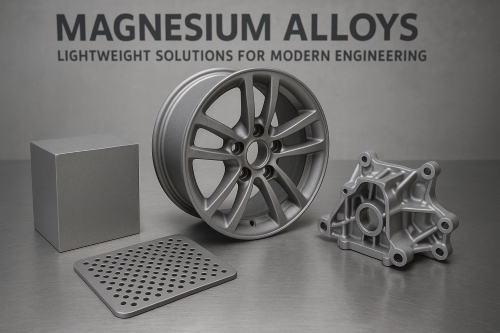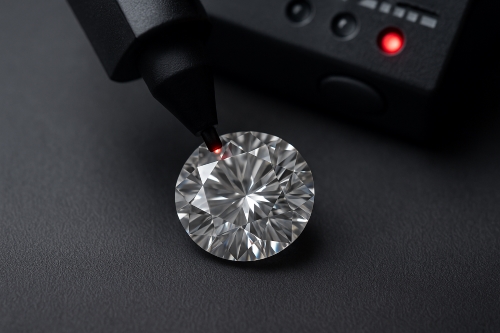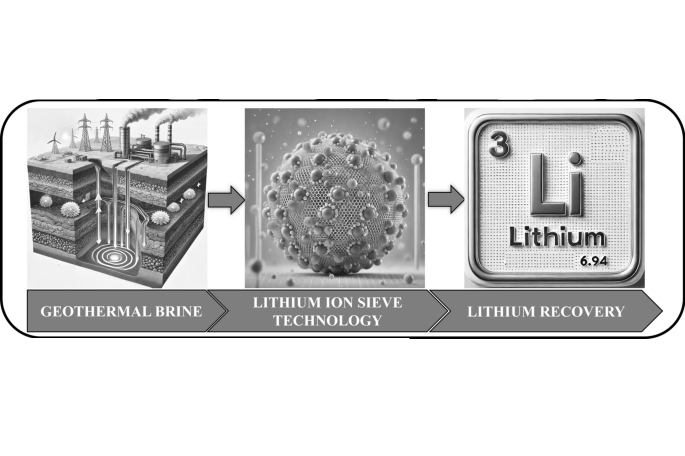Graphene: The Next Wonder Material
Graphen is recognised as a material with significant potential. Researchers in this field received the Nobel Prize in 2010. Its properties may lead to improved electronic components. Graphene-based materials may be incorporated in devices that detect bacteria. Mobile phones with enhanced flexibility may also be developed.
Graphene is a two-dimensional crystal that is one atom thick. The carbon atoms form a hexagonal lattice with uniform distribution. Its thickness is approximately 0.3 nanometres, with an interatomic spacing of about 0.1 nanometres. It conducts electricity more efficiently than copper. It is the thinnest material known. Its flexibility and mechanical strength exceed those of rubber, steel and diamond.
Several proposed applications of graphene concern electronics and computer systems. It can be used in transistors to create high-speed circuits, and it may perform better than silicon in microchips. Research in China demonstrated that graphene kills E. coli bacteria. Its two-dimensional nature enables the detection of individual gas molecules. When a gas molecule attaches to a graphene sheet, the electrical resistance changes accordingly. Consequently, this property may be applied in sensors for detecting microbes.
Commercialisation of graphene faces several challenges. There is currently no standard method for the mass production of graphene. The lack of a reproducible synthesis process restricts its availability on the mass market. Uncertainties regarding its electrical characteristics require further research. Given that these issues are resolved, graphene may alter the fields of electronics, construction and medicine over the coming decades.

 Bars
Bars
 Beads & Spheres
Beads & Spheres
 Bolts & Nuts
Bolts & Nuts
 Crucibles
Crucibles
 Discs
Discs
 Fibers & Fabrics
Fibers & Fabrics
 Films
Films
 Flake
Flake
 Foams
Foams
 Foil
Foil
 Granules
Granules
 Honeycombs
Honeycombs
 Ink
Ink
 Laminate
Laminate
 Lumps
Lumps
 Meshes
Meshes
 Metallised Film
Metallised Film
 Plate
Plate
 Powders
Powders
 Rod
Rod
 Sheets
Sheets
 Single Crystals
Single Crystals
 Sputtering Target
Sputtering Target
 Tubes
Tubes
 Washer
Washer
 Wires
Wires
 Converters & Calculators
Converters & Calculators
 Write for Us
Write for Us
 Chin Trento
Chin Trento



